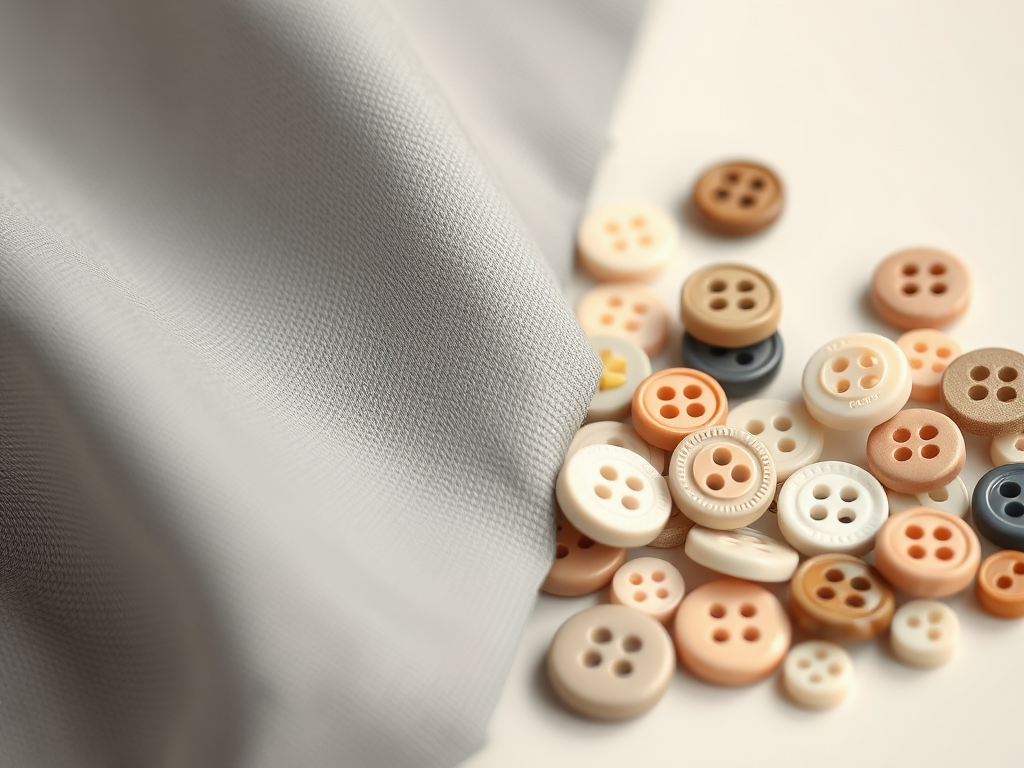The modern fashion industry is a tapestry woven from myriad materials, each contributing to style and function. Among them, nylon and plastic stand out not only for their versatility but also for their profound impact on design and sustainability. While often categorized separately, these two synthetics share a complex relationship that shapes fashion trends and consumer choices. Understanding the dynamics between nylon and plastic is crucial in an era where environmentally conscious design is becoming paramount. This exploration delves into the origins, applications, and environmental implications of these two pivotal materials, giving insight into their shared yet distinct roles in contemporary fashion.
The Origins of Nylon and Plastic

Nylon and plastic both emerged in the 20th century, altering manufacturing and consumer habits forever. Nylon was invented in 1935 by Wallace Carothers, marking a pivotal moment in textile innovation. Initially marketed for women’s hosiery, the appeal of nylon quickly expanded as manufacturers recognized its potential in diverse applications. On the other side of the spectrum, plastic’s development traces back to the industrial revolution. Its ability to be molded into various forms made it a game-changer in numerous sectors, including fashion.
The Versatility of Nylon in Fashion

Nylon has carved a niche for itself in the fashion world, attributed to its unique and beneficial properties. Here are some key attributes of nylon that enhance its appeal:
- Durability: Known for its resistance to wear and tear, nylon helps create long-lasting apparel that withstands the rigors of daily life.
- Lightweight Nature: Its feather-light quality ensures comfortable wear, making it popular in active wear and outdoor apparel.
- Water Resistance: Many nylon fabrics are treated to be water-resistant, allowing for practical fashion choices in unpredictable weather.
These features not only make nylon a practical choice but also a stylistic one. Designers have embraced nylon’s versatility, incorporating it into everything from chic dresses to durable sportswear. The focus on functionality doesn’t compromise style; instead, it enhances it. Furthermore, with advancements in technology, nylon fabrics can now be produced in a range of textures and finishes, expanding their potential in high fashion.
The Role of Plastic in Fashion
Plastic’s influence in fashion extends beyond utility and functionality. In recent years, the industry has seen a significant shift towards sustainable innovations that leverage recycled materials. The increasing emphasis on eco-friendliness has led many brands to explore eco-conscious alternatives in their collections. Here are some ways plastic plays a role in modern fashion:
- Sustainable Innovations: Brands are incorporating recycled plastics to create trendy, environmentally friendly apparel.
- Aesthetic Appeal: Plastic accents, including buttons, zippers, and embellishments, lend a modern edge to outfits.
- Accessibility: The affordability and versatility of plastic components make them a staple in mainstream fashion.
To illustrate the impact of nylon and plastic, we can look at trends emerging from their synthesis. A prominent trend is athleisure, which often utilizes both materials to craft stylish yet highly functional gym wear. Additionally, waterproof and breathable fabrics are the result of combining nylon with plastic technologies. The table below highlights the various applications and benefits of these materials in fashion.
| Material | Applications | Key Benefits |
|---|---|---|
| Nylon | Activewear, outerwear, accessories | Durability, lightweight, moisture-wicking |
| Plastic | Components, accessories, sustainable fashion | Affordability, versatility, innovative designs |
The Environmental Impact of Nylon and Plastic
Both nylon and plastic are under scrutiny in terms of their environmental impact. Despite their practical advantages, the production and disposal of these materials raise ethical concerns among consumers. With the fashion industry being one of the largest polluters globally, the manufacturing processes for nylon and plastic contribute significantly to environmental degradation.
Additionally, issues surrounding waste management become problematic, as these materials do not easily decompose. The intersection of aesthetic appeal and environmental responsibility poses a challenge that requires careful navigation. Consumers increasingly demand transparency and sustainability from brands, prompting a shift in how companies approach sourcing and production.
Conclusion
The complex interplay between nylon and plastic in the fashion industry illustrates a narrative of innovation, sustainability, and style. As designers and consumers become more conscious of their impact on the environment, the relationship between these materials will continue to evolve. Fashion brands are at a crossroads, where they must balance performance, style, and eco-friendliness in their offerings. Unraveling the relationship between nylon and plastic is not just an academic exercise; it carries real implications for the future of fashion. As we move toward greener practices, it’s vital to understand and appreciate the nuances that these synthetic materials bring to the table.
Frequently Asked Questions
- What is the main difference between nylon and plastic? Nylon is a synthetic fiber primarily used in textiles, whereas plastic refers to a broad category of materials used in various applications.
- Is nylon biodegradable? No, nylon is not biodegradable and can take a long time to decompose in landfills.
- How does plastic impact fashion sustainability? The use of recycled plastics can enhance sustainability in fashion by reducing waste and lowering reliance on new petrochemicals.
- Can nylon be recycled? Yes, nylon can be recycled, though the process is often more complicated compared to other materials.
- What are the health concerns associated with nylon and plastic? Some studies suggest that certain types of plastic can leach harmful chemicals, raising health concerns among consumers when in contact with skin.



